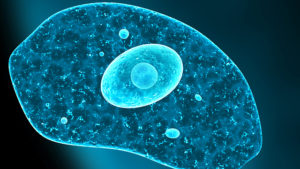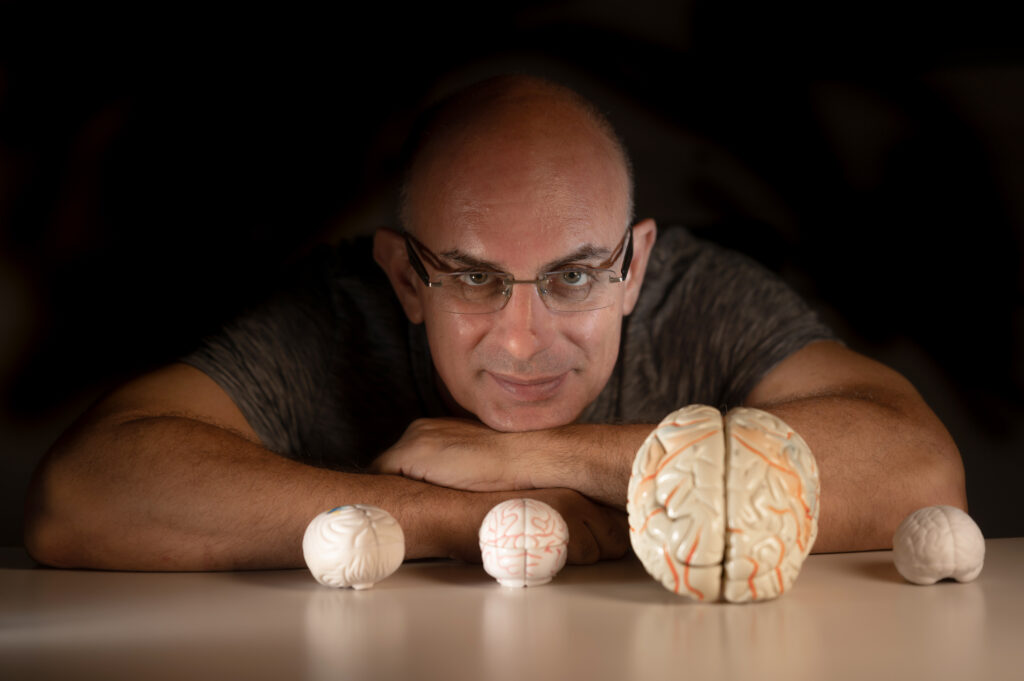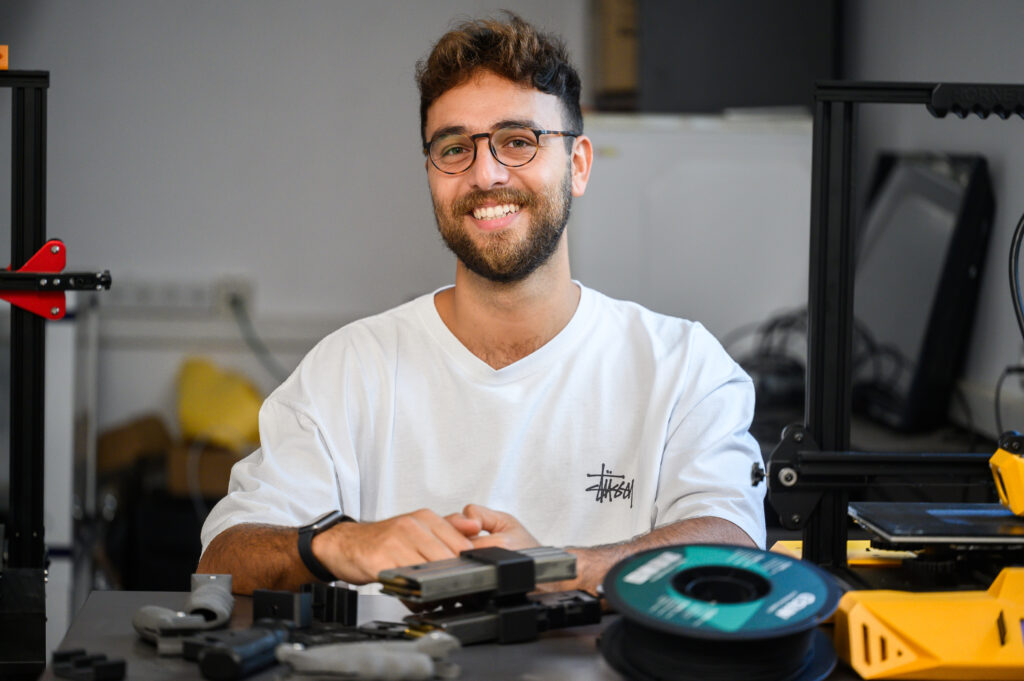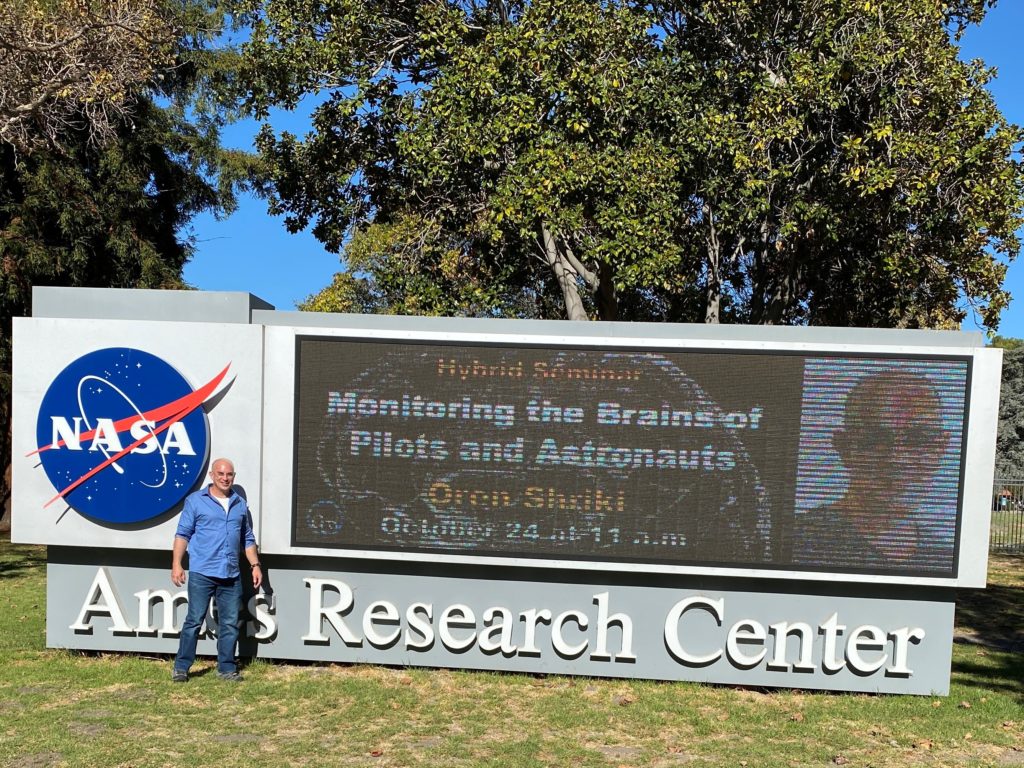
Memory Breakthrough Could Help Dementia Patients
Memory Breakthrough Could Help Dementia Patients
September 17, 2019
Ynetnews — Researchers from Ben-Gurion University in collaboration with Spanish scientists have discovered that single-cell organisms are capable of developing memory capabilities, a breakthrough that could help treat patients suffering from neurodegenerative diseases such as Alzheimer’s.

Dr. Shira Knafo of BGU’s Department of Physiology and Cell Biology and the National Institute for Biotechnology in the Negev
The discovery was made by Dr. Shira Knafo from the National Institute for Biotechnology in the Negev (NIBN) and her Spanish colleagues, Dr. Ildefonso Martínez De La Fuente, Dr. José I. López, and Dr. María Dolores Boyano of the University of Basque Country.
The fact that single-cell organisms like amoebas and not just fully evolved life forms are capable of memory is not newsworthy in scientific circles, but the fact that single-cell organisms can develop memories and learn using classical conditioning methods, just like the Ivan Pavlov’s famous dogs, is an exciting first-time discovery that has the world’s research community thrilled.
Russian physiologist and Nobel Prize laureate Pavlov proved dogs can associate certain signals like the sound of a bell with a reward of food. Knafo and her colleagues were able to prove that single cellular life forms (amoebas in this case) also have the ability for associative learning.
 Twenty years ago, it was discovered that when amoebas are placed in an electric field with a negative charge on one side and a positive charge on the other, they will always move toward the negative charge.
Twenty years ago, it was discovered that when amoebas are placed in an electric field with a negative charge on one side and a positive charge on the other, they will always move toward the negative charge.
As part of the experiment, the researchers placed amoebas in an electrical field with food on the positive side and observed that the amoebas ignored their instincts and moved toward the food.
While this alone was not a surprise, the researchers were surprised by the fact that when they removed the food from the electric field, some amoebas moved to the right side of the field in search of food. This was the first time single-celled organisms showed the ability to learn and remember.
Dr. Knafo explains: “When we removed the food from the electric field, the majority of the amoebas went back to the negative side, while a small number went to the positive side in search of food. This shows that some show the ability to learn and some don’t. We’re still trying to figure out what makes some ‘smarter’ than others.”
She added: “We know that certain protein changes in the brains of both animals and humans play a part in the process of creating and remembering information. Our hypothesis is that similar changes occur in amoebas.”



